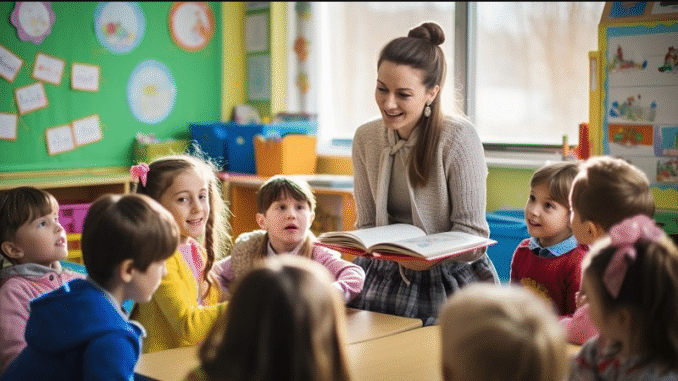
The world is changing rapidly, and so is the way students learn. With access to information at their fingertips and the ability to connect globally, today’s learners require more dynamic, engaging, and thoughtful teaching methods. Traditional lectures and rote memorization are no longer enough. Teachers must adapt by using innovative strategies that foster critical thinking, creativity, collaboration, and communication—the key skills needed in the 21st century. Here are 10 innovative teaching strategies designed to captivate and empower modern learners.
1. Flipped Classroom
In a flipped classroom, students review lecture materials at home through videos or readings and use classroom time for discussion, problem-solving, and collaborative projects. This approach promotes active learning and allows teachers to offer more personalized support during lessons.
2. Gamification
Incorporating elements of gaming—like points, badges, and leaderboards—into the learning process can make education more fun and motivating. Gamification encourages healthy competition, persistence, and engagement, especially when students can track their progress and celebrate achievements.
3. Project-Based Learning (PBL)
Project-Based Learning involves students working on a real-world problem over an extended period, resulting in a tangible product or presentation. PBL promotes critical thinking, creativity, and collaboration while giving students ownership over their learning.
4. Technology Integration
Technology is a natural part of students’ lives today. Integrating tools like interactive whiteboards, educational apps, VR simulations, and online collaboration platforms can make lessons more interactive and relevant. Tools like Google Classroom, Kahoot!, and Flipgrid can enhance learning experiences dramatically.
5. Inquiry-Based Learning
Instead of providing answers, teachers can encourage students to ask questions, explore, and discover solutions themselves. Inquiry-based learning fosters curiosity, deeper understanding, and independent thinking—skills essential for lifelong learning.
6. Collaborative Learning
Group work isn’t new, but when structured effectively, collaborative learning builds teamwork and communication skills. Assigning group projects, peer reviews, or team challenges can help students learn from one another and develop essential interpersonal skills.
7. Mindfulness and Social-Emotional Learning (SEL)
Incorporating mindfulness practices and SEL activities helps students manage stress, build empathy, and create a positive classroom environment. Short meditation sessions, gratitude journals, and emotion check-ins can significantly impact students’ well-being and focus.
8. Differentiated Instruction
Every student learns differently. Differentiated instruction involves tailoring content, process, products, or learning environments based on individual student needs. Offering choices in assignments, using varied teaching materials, and grouping students flexibly can meet diverse learning styles.
9. Experiential Learning
Learning by doing is powerful. Field trips, internships, service projects, and hands-on experiments allow students to apply knowledge in real-world contexts. Experiential learning deepens understanding and makes education more meaningful.
10. Socratic Seminars
The Socratic method encourages students to engage in critical discussions, ask questions, and build arguments based on evidence. These seminars develop higher-order thinking, communication skills, and respect for diverse perspectives.
Conclusion
Teaching in the 21st century demands creativity, flexibility, and a student-centered approach. By embracing innovative strategies like flipped classrooms, gamification, and project-based learning, educators can create dynamic environments where students not only absorb information but also learn how to think, solve problems, and collaborate effectively. Preparing students for the future means inspiring them today—through methods that recognize their needs, passions, and the world they are growing into.
Leave a Reply